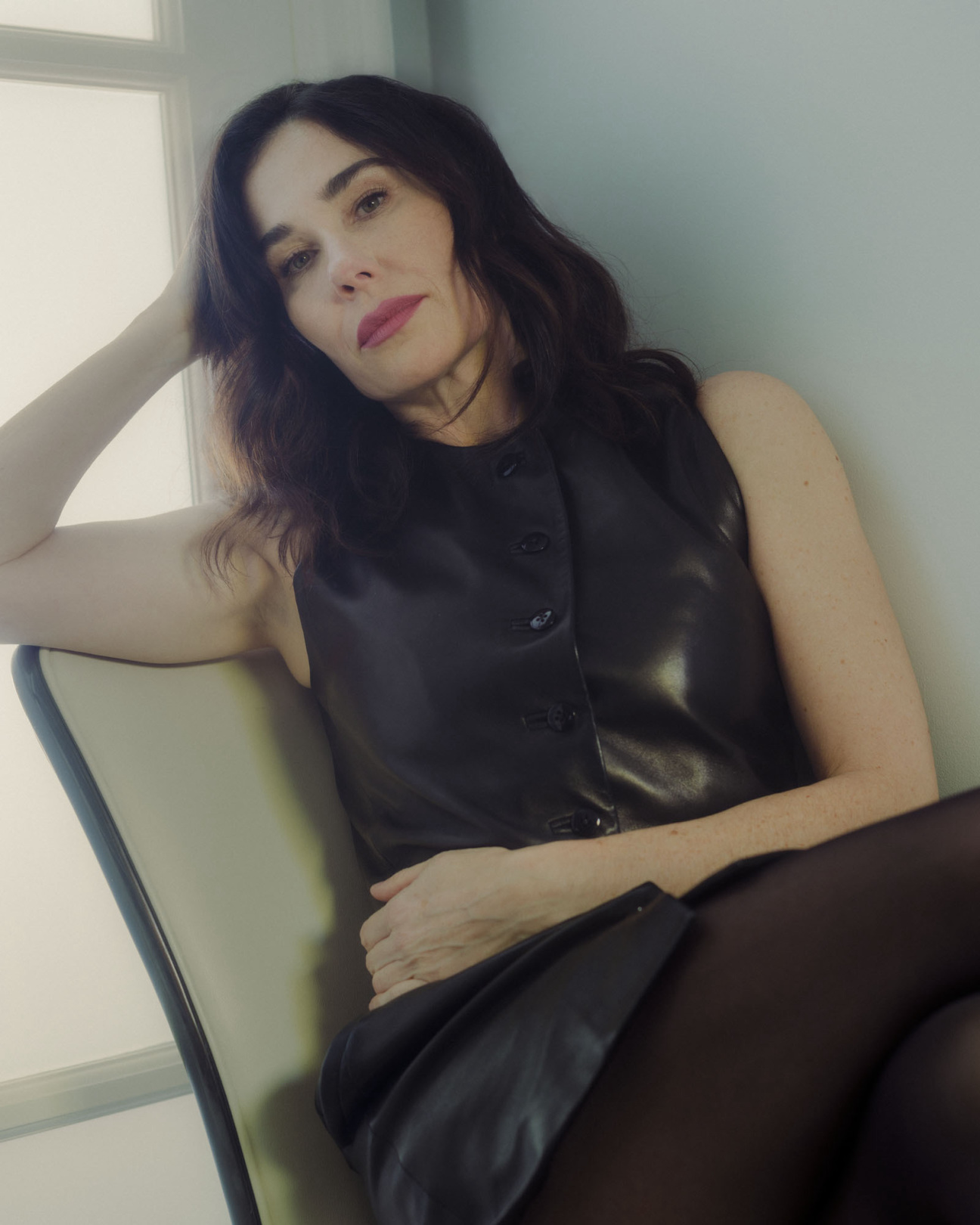
For years, Halina Reijn was the muse. “Now, I’m sitting in the chair where I saw all these men sit all of my life,” says the acclaimed Dutch actor turned director, whose second English-language film, last winter’s Babygirl, received a feverish response to its unflinching investigation of power and desire.
Romy, a perfection-seeking CEO embodied by Nicole Kidman, finds herself adrift at middle age—struggling to navigate the gulf between the fairy-tale family life she shares with her husband (Antonio Banderas) and a growing sense of shame at her own dissatisfaction. She falls into a smoldering affair with Samuel, an intern with an easy grin and a deep reserve of confidence, played masterfully by Harris Dickinson. The fallout is an explosive yet redemptive unraveling of Romy’s carefully manicured identity.
Right now, Reijn is living her own fairy tale—promoting the rare film that is both a critical darling and a hit with general audiences (she just received a Best Director nom from the Independent Spirit Awards), and attending a whirlwind of dinners, parties, and Q&As with Kidman, Hollywood’s most ubiquitous star, on her arm. The demands that come with striking cinematic gold can be intense, but Reijn—who was “raised by hippies completely off the grid”—is fairly unflappable. “It’s all great, of course, but it’s tiring,” she says of the awards hubbub. “I’m always afraid to do something wrong or forget a dress in a certain country. You’re constantly borrowing these beautiful clothes that are not yours, and you have to give them back.”
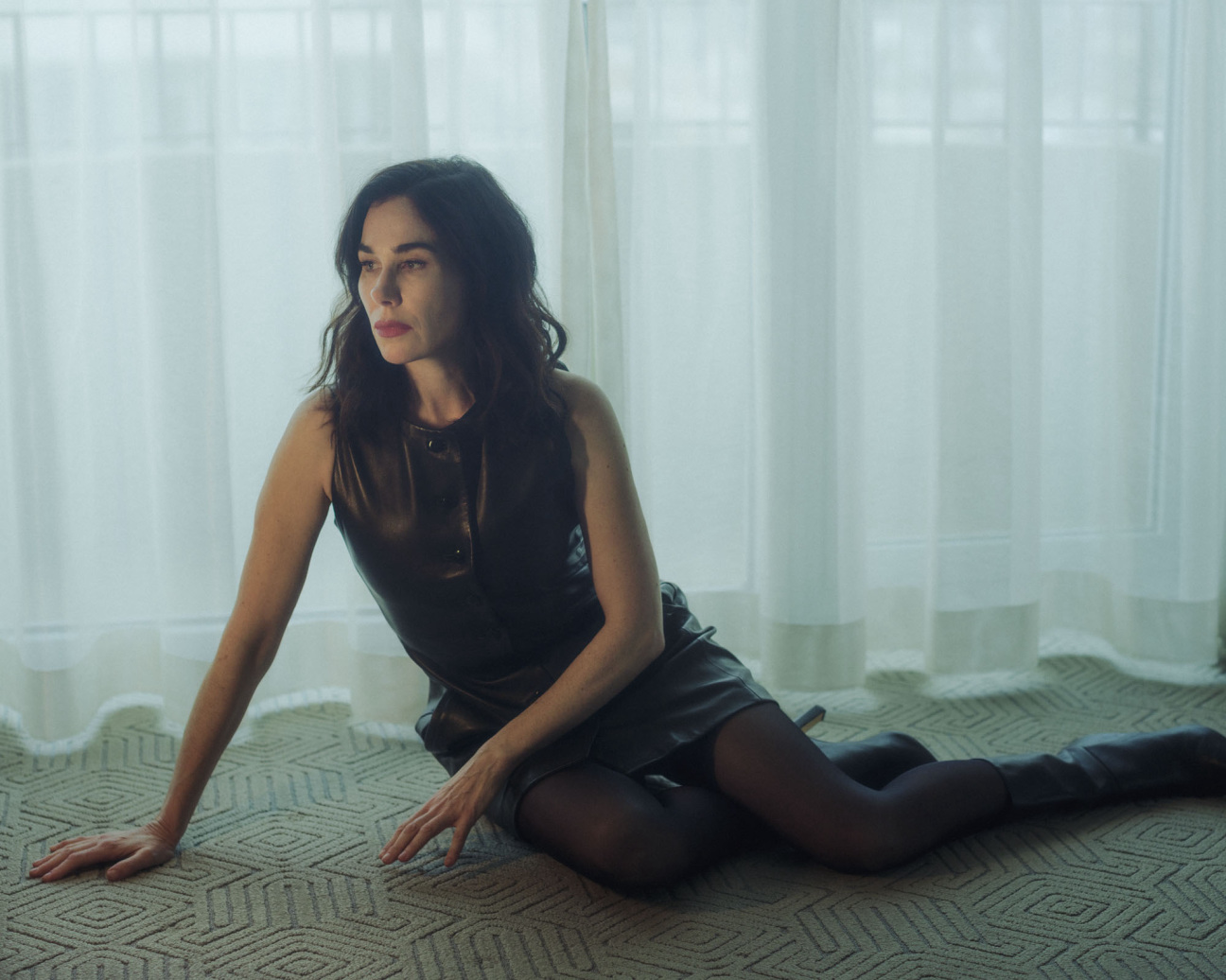
Reijn’s candor gives me a sense of what she might have been like on set, and why her collaborators often note the director’s uncanny ability to build the trust required to explore thorny topics. “It’s very important to show [my actors] that I’m not above them. I’m not some dictator telling them to undress, crawl around, cry,” she explains. “I’ve experienced that myself. Even a scene that looks very simple from the outside can be incredibly vulnerable and scary when everybody is standing around you wearing a North Face jacket and eating pizza.”
The filmmaker approaches our conversation with a similar level of sincerity. The relentlessly inquisitive and fast-talking 49-year-old listens attentively and speaks passionately, but she does not orate. She wants a dialogue, I'd venture, because she is not interested in making art that serves as a final word—on the representation of beauty and aging in media, on the contradictory expectations of men and women as directors, on the invisible trip-wires of motherhood, partnership, and pleasure, any of it. “My primary urgency [creatively] is my confusion,” Reijn says, looking directly at me. “I’m so confused about being a woman, I really am. I feel so many contradictions inside of me.”
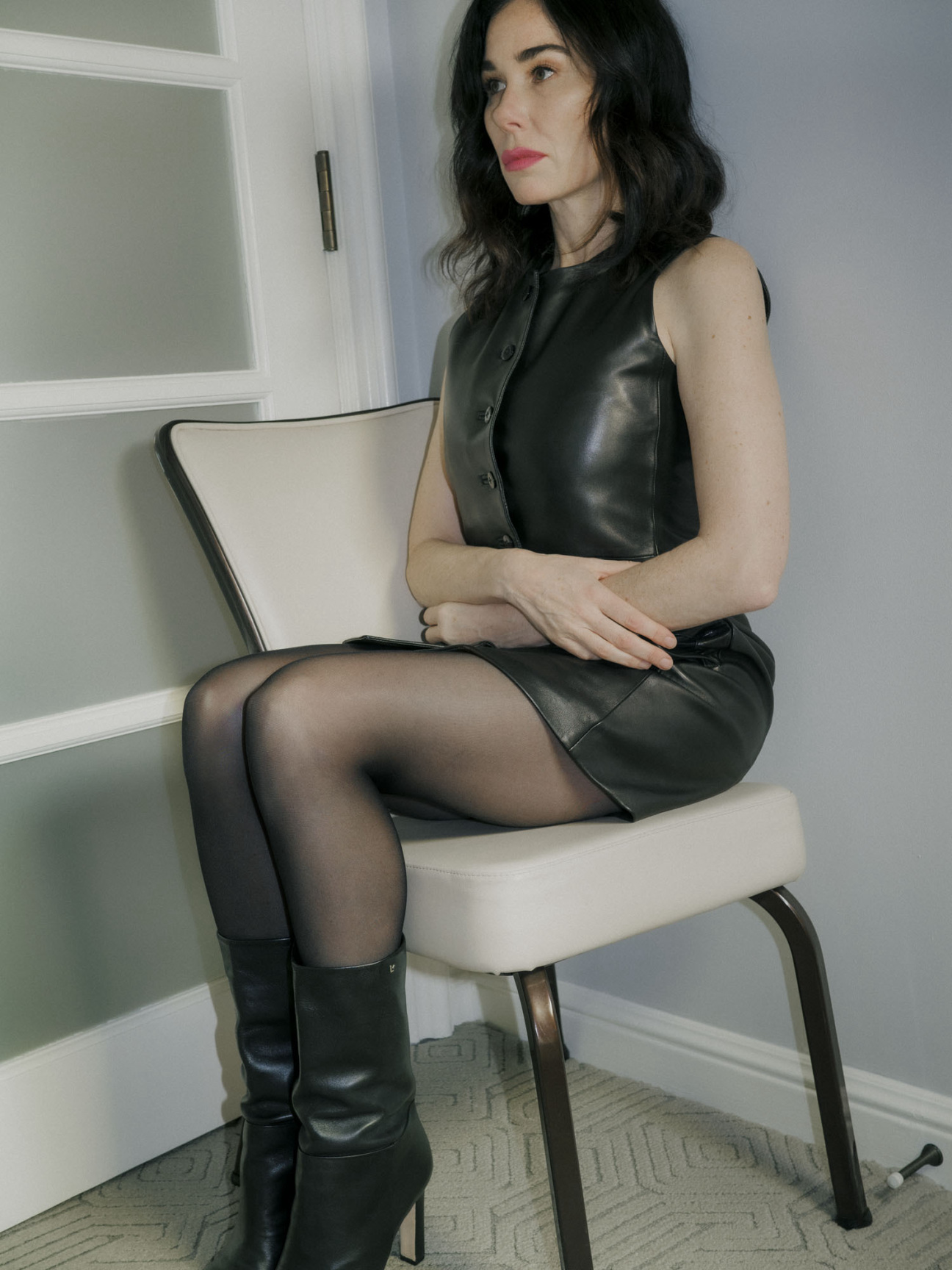
That sense of disorientation was only amplified by a successful decades-long career as a stage and screen actor in the Netherlands. Reijn worked with directors like Paul Verhoeven and performed countless plays by Shakespeare, O’Neill, and Ibsen, which she also credits as her writing education. “These roles became part of my DNA, and they were all written by men,” she says. “The female characters are searching for liberation, but they end up either killing themselves or going crazy. For better or for worse, everything I do is informed by those women. They hold me like ghosts.” The role she created for Kidman was, in part, an exorcism of these characters, but also a challenge: “What would I want to play? What would my dream role be, where I could show my full range?”
Contradiction in its many forms—between expectation and reality, desire and expression, and among the suppressed parts of ourselves—is at the heart of Babygirl. In one scene, a large dog appears, charging at Romy in the New York streets before being tamed (by Samuel). In another, Romy meets Samuel for a hotel room rendezvous that leaves both characters’ vulnerabilities exposed. Briefly, reality gives way to a fable about suppressed desire, dominance, and the beasts buried deep. Embodying the hound, Romy releases her power, overtaken by a full-body rush—forgetting the children, the boardrooms, the Botox—and becoming the incarnation of her long-dormant arousal, finally awakened amid the trappings of a seedy hotel room. You can almost smell the carpet and feel the walls closing in as Romy disentangles shame from pleasure.
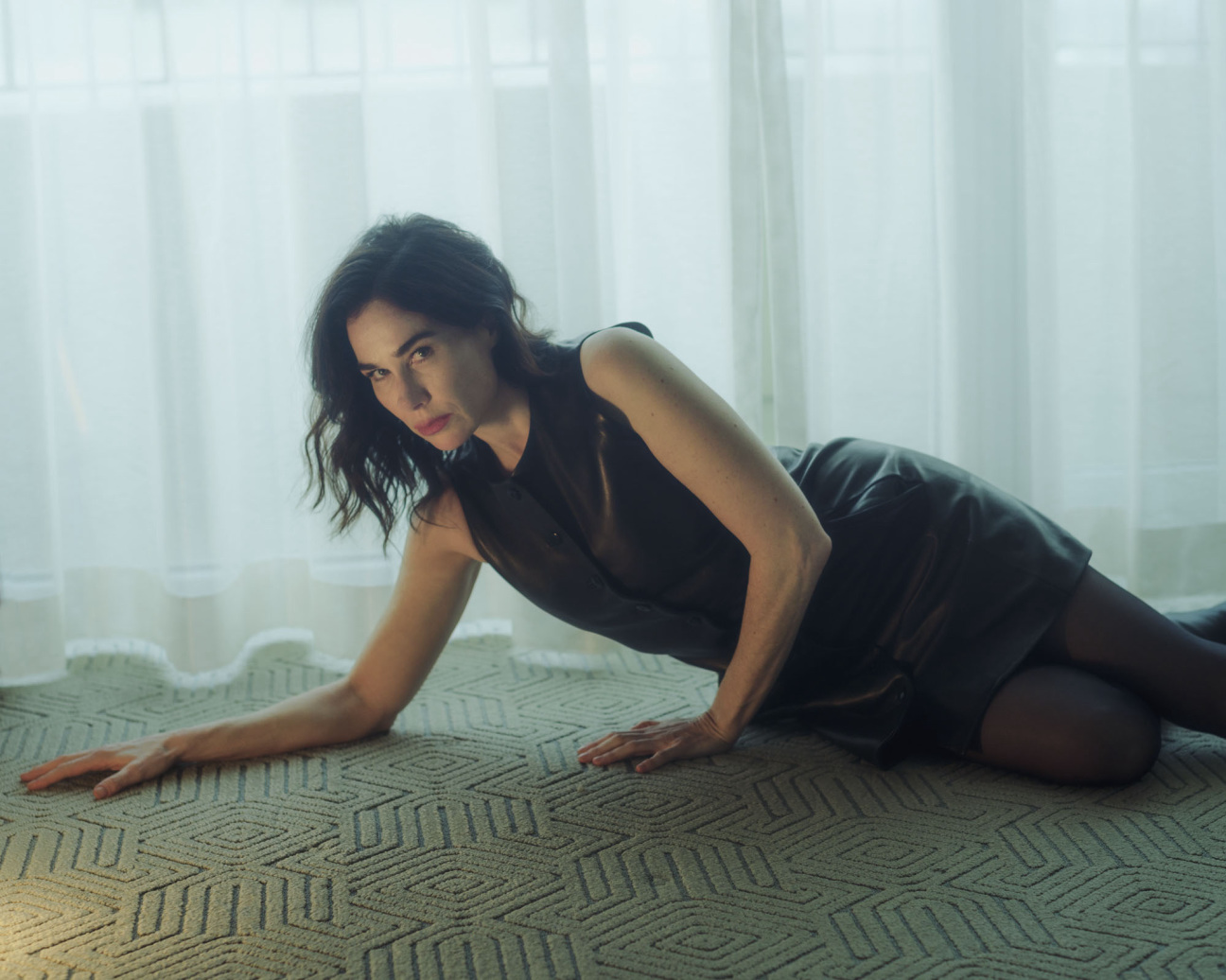
This primal encounter is one of many glittering exchanges—across a bar over a glass of milk, or in a soundproofed meeting room—that fuel the film’s sensual undulations. Each is set against an eerie sonic landscape of breathing, grunting, and panting, an aide-mémoire of the body’s needs and natural rhythms. I ask Reijn about her relationship to rhythm: “It’s everything. When I’m writing, I’m pacing it all like I hear it—that’s my theater background. I love big scenes with just a table and two people talking, like it’s a chess game. It’s all music.”
In fact, it was music (the song “Father Figure”—a satisfying George Michael needle drop, to be specific) that was the genesis of Babygirl. “I had that [song] as an idea before anything. I knew I wanted to make a movie about a powerful woman and a younger man dominating her. With ‘Father Figure,’ I could spin that on its head."
I ask Reijn how she knows when an idea has become a movie. “Everyone is asking me, ‘What’s next?’” she concludes. “I don’t know. I have all these embryos. Some I don’t even like—they feel like demons. Some I love, and they’re angels."
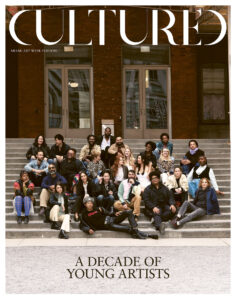
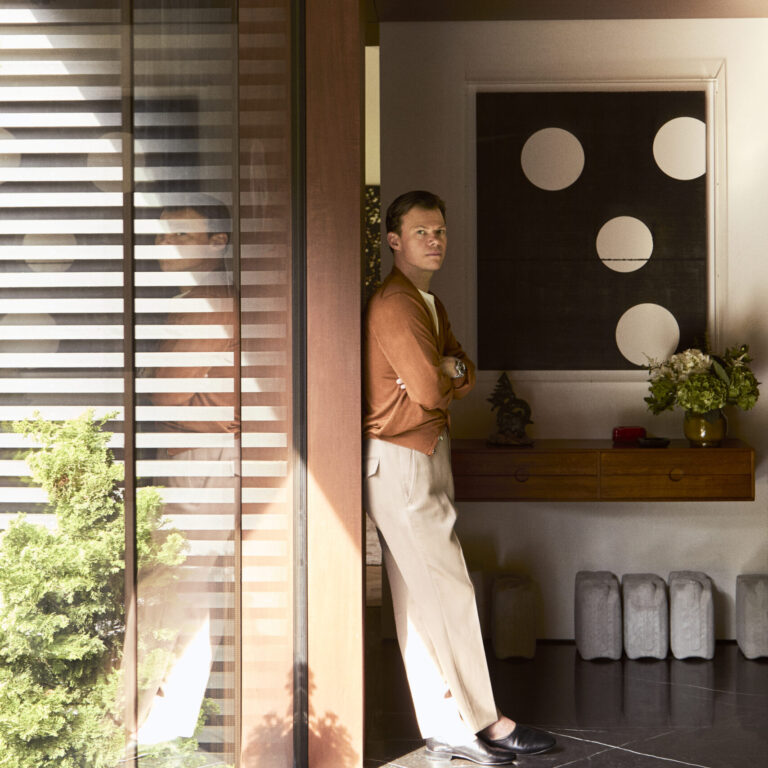
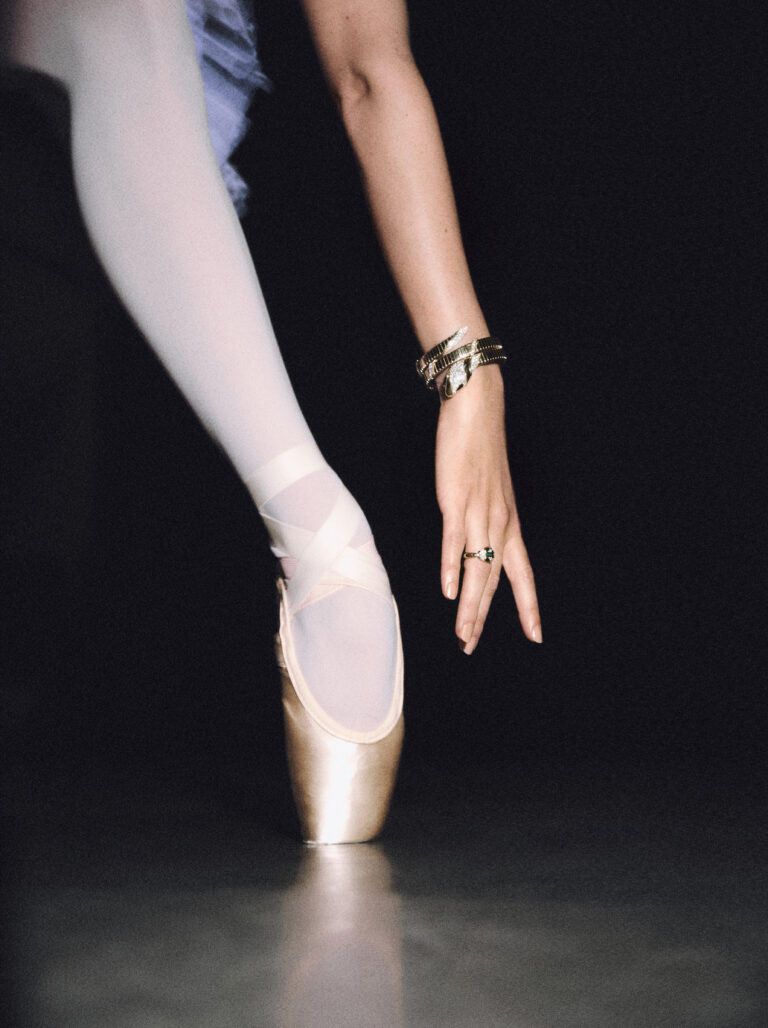
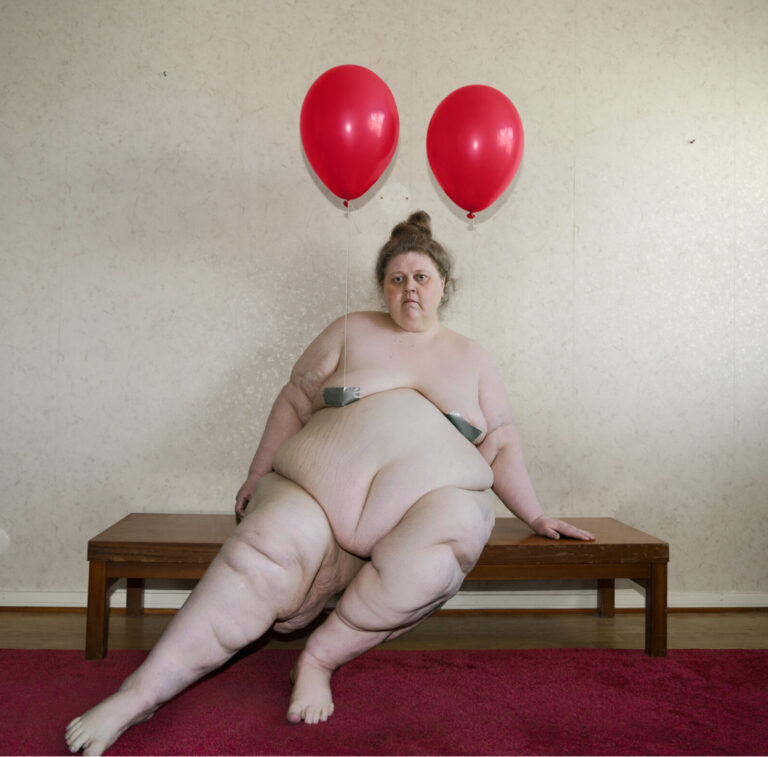

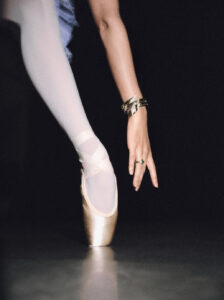
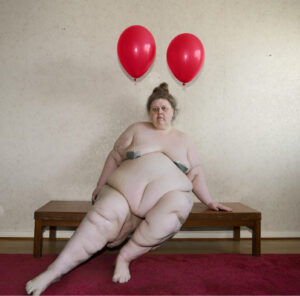

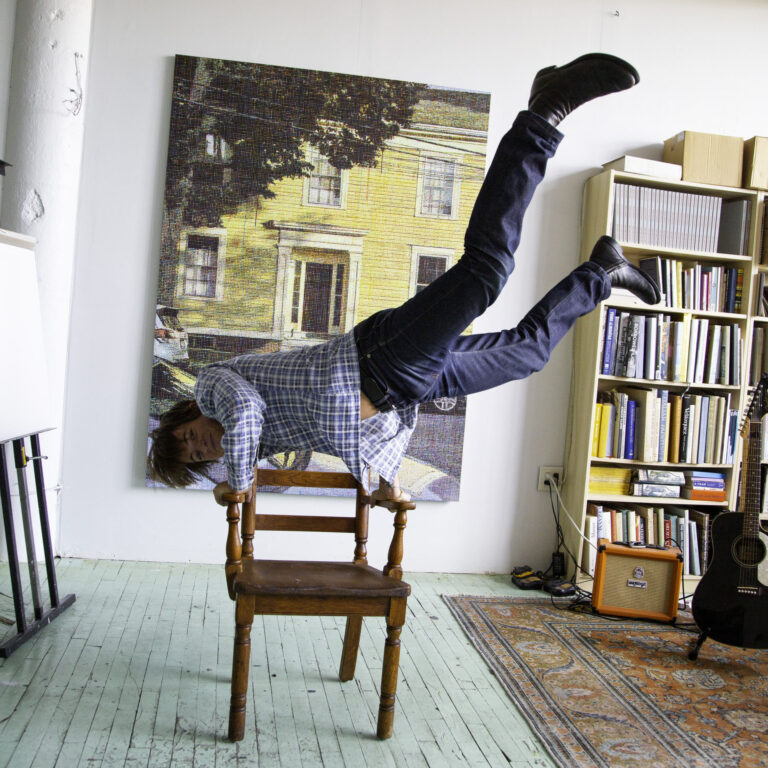

 in your life?
in your life?

